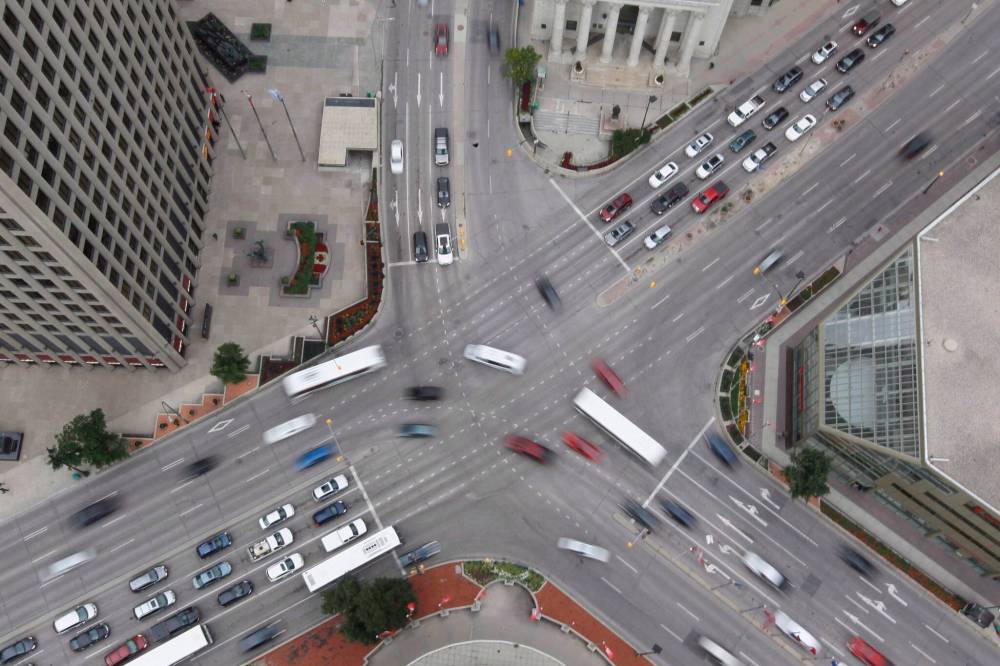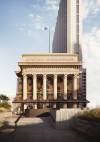Is the truth, in the end, somewhat bittersweet? That’s a resounding ‘Yes’
Advertisement
Read this article for free:
or
Already have an account? Log in here »
To continue reading, please subscribe:
Monthly Digital Subscription
$0 for the first 4 weeks*
- Enjoy unlimited reading on winnipegfreepress.com
- Read the E-Edition, our digital replica newspaper
- Access News Break, our award-winning app
- Play interactive puzzles
*No charge for 4 weeks then price increases to the regular rate of $19.00 plus GST every four weeks. Offer available to new and qualified returning subscribers only. Cancel any time.
Monthly Digital Subscription
$4.75/week*
- Enjoy unlimited reading on winnipegfreepress.com
- Read the E-Edition, our digital replica newspaper
- Access News Break, our award-winning app
- Play interactive puzzles
*Billed as $19 plus GST every four weeks. Cancel any time.
To continue reading, please subscribe:
Add Free Press access to your Brandon Sun subscription for only an additional
$1 for the first 4 weeks*
*Your next subscription payment will increase by $1.00 and you will be charged $16.99 plus GST for four weeks. After four weeks, your payment will increase to $23.99 plus GST every four weeks.
Read unlimited articles for free today:
or
Already have an account? Log in here »
Hey there, time traveller!
This article was published 01/03/2024 (629 days ago), so information in it may no longer be current.
Back in 2018, with Winnipeggers embroiled in a contentious plebiscite about whether to reopen Portage and Main to pedestrian traffic, one of the property owners connected to the concourse beneath the storied intersection suggested city council delay the vote.
The roof membrane of the concourse was leaking and would have to be replaced. However, as the plebiscite campaign raged on, the property owners and city had done only very preliminary engineering work to estimate the size and cost of a fix.
“It would seem to be very premature to vote on the intersection until we get all the engineering information on what expenditures need to be made to the concourse,” said Roseanne Hill Blaisdell, president and CEO of Harvard Developments, owner of 201 Portage Ave.

JOHN WOODS / THE CANADIAN PRESS FILES
Winnipeg Mayor Scott Gillingham released an engineering report confirming it would cost $73 million to remove the existing pedestrian barricades and repair the roof of the underground concourse beneath Portage and Main.
History will show the plebiscite was not delayed and that — without all of the necessary information about the consequences of the concourse repairs — Winnipeggers voted convincingly to keep the intersection closed.
Fast-forward five years.
The missing information in the debate over Portage and Main was finally unearthed Friday when Winnipeg Mayor Scott Gillingham released an engineering report confirming it would cost $73 million to remove the existing pedestrian barricades and repair the roof of the underground concourse beneath the intersection.
Gillingham said once he had the report in hand, he began to see just how pointless it was to repair the concourse.
The $73-million investment would only buy the concourse — the city-owned circular walkway that connects the sub-grade retail and commercial levels of four properties at Portage and Main — another 40 years or so, when the entire process would have to be repeated.
And because the membrane has to be accessed from street level, significant portions of the intersection would be closed for up to five years.
The decommissioning of the concourse will be costly, as well, Gillingham said, with estimates running from $20 million to $50 million. However, that work will not have to be repeated in 40 years and will not require the intersection to be closed at street level, he added.
Despite voting against reopening in 2018, and avoiding the issue completely in the 2022 election, Gillingham said he realizes the only sensible option is to close the concourse permanently, which almost automatically means reopening the intersection to pedestrians at street level.
“I think it’s the practical decision,” Gillingham said in an interview on the Niigaan and the Lone Ranger podcast.
“I think that if the average voter in Winnipeg had this information (back in 2018), that we’d looking at $73 million for this work, that we’d have to do it again in 30 to 40 years and five years of traffic chaos, I think more voters would have said, ‘Open it to pedestrian traffic.’”
Rather than get involved in another plebiscite, Gillingham will join Coun. Sherri Rollins in tabling a motion on the floor of city council to close the concourse permanently and reopen the intersection to pedestrians by 2025.
In other words, no followup plebiscite.
Gillingham should be applauded for putting practical considerations ahead of philosophical ones. But it will still rankle many of the most strident supporters of reopening the intersection who predicted this exact scenario back in 2018.
You may remember that former mayor Brian Bowman was actually elected in 2014 on a pledge to reopen the intersection. However, in the lead-up to the 2018 civic election, North Kildonan city councillor Jeff Browaty and allies on council challenged the mayor to hold a plebiscite on the issue on the theory that voters in suburban neighbourhoods — where there is typically higher turnout during civic elections — would defeat the idea.
Sensing the political mismatch that was developing, the ‘Yes’ campaign immediately went to work educating voters on the truth of the Portage and Main debate, which was afflicted by both a shortage of critical information (engineering estimates) and deliberate misinformation.
Browaty, architect of the plebiscite and unofficial leader of the ‘No’ campaign, continued to argue that reopening the intersection would put vehicles and pedestrians at risk and cripple traffic flow. He made the arguments even though there were much busier and larger intersections in downtown that allowed pedestrians to cross at street level safely and efficiently.
And Browaty dismissed concerns about the concourse repairs, suggesting that if existing barriers had to be removed as part of repairing the membrane, then it was an opportunity to build something “more aesthetically pleasing” in their place. When Browaty was reminded during the campaign that a full cost estimate had not been completed, he shrugged and starting repeating talking points about pedestrian safety.
What a lot of people suspected, and what we know now to be true, is that the 2018 plebiscite was a sham. It was a misinformed debate that took place with only partial information about cost implications, all designed to hoodwink voters.
For a ‘Yes’ campaign that relied heavily on fact but ultimately fell prey to the forces of fiction, there may be some hard feelings about having to wait five years for the truth to come out. On the other hand, the ‘Yes’ folks do get to have the last say on the matter.
They told you so.
dan.lett@winnipegfreepress.com

Dan Lett is a columnist for the Free Press, providing opinion and commentary on politics in Winnipeg and beyond. Born and raised in Toronto, Dan joined the Free Press in 1986. Read more about Dan.
Dan’s columns are built on facts and reactions, but offer his personal views through arguments and analysis. The Free Press’ editing team reviews Dan’s columns before they are posted online or published in print — part of the our tradition, since 1872, of producing reliable independent journalism. Read more about Free Press’s history and mandate, and learn how our newsroom operates.
Our newsroom depends on a growing audience of readers to power our journalism. If you are not a paid reader, please consider becoming a subscriber.
Our newsroom depends on its audience of readers to power our journalism. Thank you for your support.










